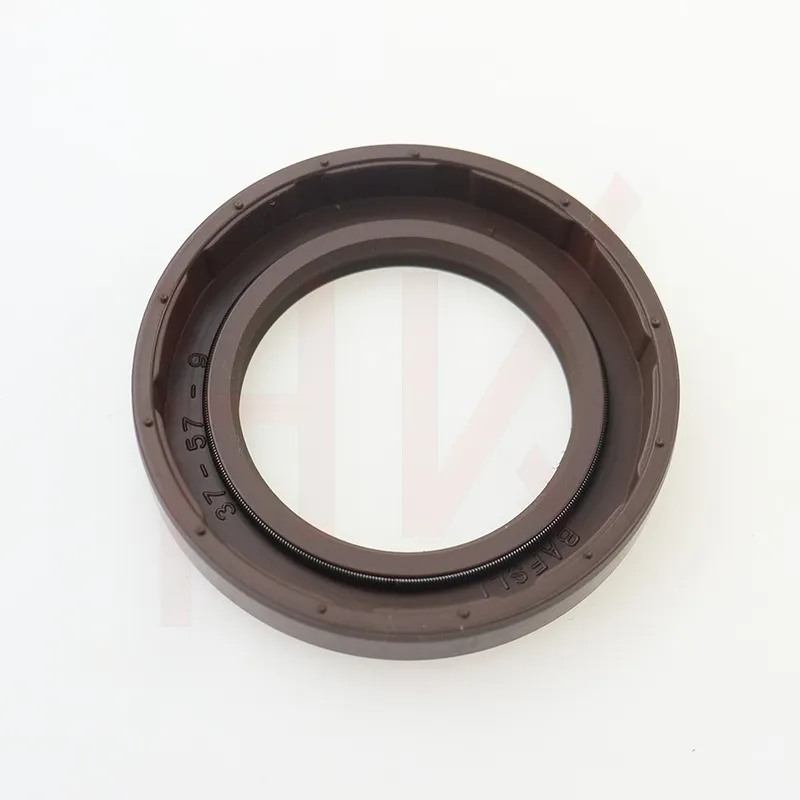Nov . 19, 2024 02:22 Back to list
Understanding the Function and Benefits of Rubber Hub Seals in Mechanical Applications
Understanding Rubber Hub Seals Essential Components for Vehicle Performance
Rubber hub seals are critical components in various vehicles and machinery, serving as a barrier to prevent the ingress of contaminants such as dirt, water, and other foreign materials into sensitive areas. These seals play a vital role in safeguarding the integrity of hub assemblies, ensuring smooth operation and longevity of the equipment. As vehicles operate under various environmental conditions, the significance of reliable sealing solutions cannot be overstated.
What Are Rubber Hub Seals?
Rubber hub seals are circular seals made from elastomeric materials, primarily rubber, designed to fit snugly around components such as axles or bearings. They function to create a tight seal between moving and stationary parts, effectively isolating the inner workings of a hub from external elements. Depending on the application, these seals are engineered to withstand a range of temperatures, pressures, and exposure to different chemicals.
Functionality of Rubber Hub Seals
The primary job of rubber hub seals is to protect the internal components of the hub from contaminants that could cause wear or failure
. For instance, in automotive applications, seals help keep lubricants contained within the hub while preventing dirt and moisture from entering. This dual protection ensures that the lubricant remains effective, which is critical for reducing friction, heat generation, and wear on the bearing surfaces.In addition, rubber hub seals are essential for maintaining the performance of braking and wheel systems. By preventing the migration of dirt and water, these seals help maintain the hydraulic integrity of brake systems, thereby enhancing braking efficiency and safety.
rubber hub seal

Types and Designs
Rubber hub seals come in various designs and types, tailored for specific applications. Some common designs include lip seals, which feature a flexible lip that adapts to the surfaces it contacts, and O-rings, which provide a more rounded sealing edge. The selection of a particular type of seal often depends on the application’s requirements, such as the level of pressure, temperature, and exposure to chemicals.
Material Selection
The material choice for rubber hub seals is crucial to their performance. Common materials used include Nitrile rubber (Buna-N), which offers excellent durability and resistance to oil, as well as Ethylene Propylene Diene Monomer (EPDM) rubber, known for its weather resistance and longevity. The formulation of these rubbers can be adjusted to enhance specific properties, such as UV resistance or hardness, depending on their intended application.
Conclusion
In summary, rubber hub seals are indispensable components that contribute significantly to the performance and longevity of vehicles and machinery. By preventing contaminants from entering sensitive areas and retaining lubricants, they ensure that equipment operates smoothly, efficiently, and safely. Understanding the roles, types, and materials used in rubber hub seals can aid manufacturers and automotive enthusiasts alike to make informed decisions when it comes to maintenance and replacement. As technology advances, the design and formulation of these seals will continue to improve, further enhancing their effectiveness in safeguarding vital components across various industries.
-
TCN Oil Seal Metal Ring Reinforcement for Heavy Machinery
NewsJul.25,2025
-
Rotary Lip Seal Spring-Loaded Design for High-Speed Applications
NewsJul.25,2025
-
Hydraulic Cylinder Seals Polyurethane Material for High-Impact Jobs
NewsJul.25,2025
-
High Pressure Oil Seal Polyurethane Coating Wear Resistance
NewsJul.25,2025
-
Dust Proof Seal Double Lip Design for Construction Equipment
NewsJul.25,2025
-
Hub Seal Polyurethane Wear Resistance in Agricultural Vehicles
NewsJul.25,2025
-
The Trans-formative Journey of Wheel Hub Oil Seals
NewsJun.06,2025
Products categories
















